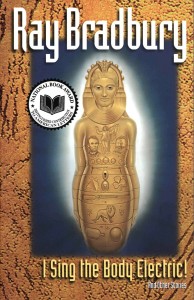 I’ve talked here about pacing before, but that was about the pace of the story arc over the entire book. Today I’d like to get a little more specific about writing for pace in a particular sequence of events in a story, and also about emphasis.
I’ve talked here about pacing before, but that was about the pace of the story arc over the entire book. Today I’d like to get a little more specific about writing for pace in a particular sequence of events in a story, and also about emphasis.
Timing
Writing is nothing more than stringing together a bunch of words: verbs, nouns, pronouns, conjunctions. But when we are writing, our task is more than simply providing information to our readers. In fiction, especially, it’s all about recording and eliciting emotion. Giving our readers a sense of the timing of the action is a great way to support that emotion.
Let’s say my character, Hector Human, is running from an unknown pursuant down a dark street. The chaser is dangerous, deadly even — a predator. Hector is running for his life, even though he doesn’t understand why. He only understands the danger. How might we convey that? Continue reading “Writing for Timing and Emphasis”


 Guest post
Guest post  I’m deathly afraid of heights. Going out on the observation platform on the Space Needle in Seattle, I have to plaster myself to the back wall of the central structure and dig my fingernails into the wall when the wind blows. At the Grand Canyon, I have to stay at least six feet back from the low walls that line the trails; none of this blithe waltzing over to the edge and looking down for me.
I’m deathly afraid of heights. Going out on the observation platform on the Space Needle in Seattle, I have to plaster myself to the back wall of the central structure and dig my fingernails into the wall when the wind blows. At the Grand Canyon, I have to stay at least six feet back from the low walls that line the trails; none of this blithe waltzing over to the edge and looking down for me.